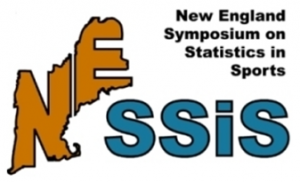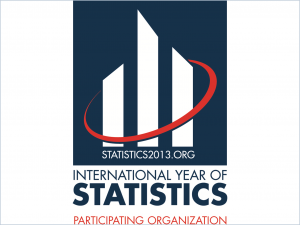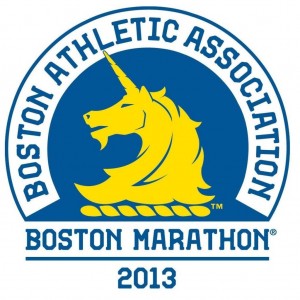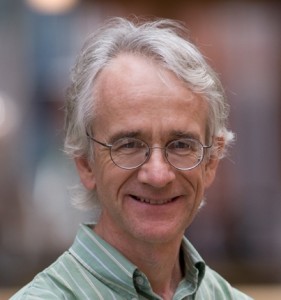Sports Statistics Conference Features Sabermetrics As Part of National, Global Focus on Influences of Stats
/
Connecticut-based ESPN is among the sponsors for the upcoming New England Symposium on Statistics in Sports, to be held on September 21 at Harvard University, that will include a panel discussion to feature Eric Van, sabermetric baseball operations consultant for the Boston Red Sox, Ben Baumer, who handled statistical analysis for the New York Mets from 2004 through 2012, and Vince Gennnaro, a consultant to a number of Major League Baseball teams during the past decade.
Panel moderator is Andy Andres, head coach and lead instructor of the MIT Science of Baseball program and Fenway Park datacaster/stringer for mlb.com. Featured speakers are Jim Albert of Bowling Green State University, on “Assessing Streakiness in Home Run Hitting,” and Richard Smith, of the University of North Carolina, who will present for the first-time a statistical model for predicting the finish times of individuals who were running in the 2013 Boston Marathon but were unable to complete the race, as previously reported by Connecticut by the Numbers.
 The Symposium is a meeting of statisticians and quantitative analysts connected with sports teams, sports media, and universities to discuss common problems of interest in statistical modeling and analysis of sports data. The symposium is part of a year-long series of programs and events around the world during the International Year of Statistics.
The Symposium is a meeting of statisticians and quantitative analysts connected with sports teams, sports media, and universities to discuss common problems of interest in statistical modeling and analysis of sports data. The symposium is part of a year-long series of programs and events around the world during the International Year of Statistics.
In addition to the featured presentations, the scheduled presentations at the Sept. 21 Symposium will focus on statistical research and analysis conducted in areas including:
- statistics-based revisions to defensive alignments in the NBA,
- how weather affects the knuckleball,
- whether crossing helps or hurts scoring in premier soccer, and
- trends such as match time and game duration in professional tennis.
Co-chairs of the conference are Mark Glickman, Senior Statistician at Boston University and Scott Evans, Senior Research Scientist at Harvard. Registration is now open for the day-long symposium.
ESPN operates a Stats & Info blog that shares with fans the information that the ESPN Stats & Information Group provides to its production teams around the company. The Stats & Info blog's content is a must-read at ESPN - on-camera talent, producers, bloggers, columnists and editors use Stats & Info insight on a daily basis. Individuals can subscribe to the blog for around-the-clock notes, stats and trends, using a blend of traditional statistics and the advanced metrics that the network describes as the "next level."
columnists and editors use Stats & Info insight on a daily basis. Individuals can subscribe to the blog for around-the-clock notes, stats and trends, using a blend of traditional statistics and the advanced metrics that the network describes as the "next level."
Industry sponsors Sports Data Hub, ESPN Stats & Info, RStudio and Revolution Analytics, as well as the Harvard Statistics Department, the Boston Chapter of the American Statistical Association, and the Section in Sports of the American Statistical Association are providing support for the conference.
National Outreach Symposium in November
Sports are but one aspect of the growing use of statistics throughout everyday life. The U.S. government’s Bureau of Labor Statistics is working with other federal agencies to host an outreach symposium November 13 and 14, 2013 to celebrate the International Year of Statistics 2013.
The goal of  this two-day event is to present an overview of statistical methodologies and how they can be applied to diverse applications in econometrics, demography, medicine, agriculture, energy, transportation, and more. The audience for the planned symposium, to be held in Washington, D.C., will come from a diverse background of users and consumers of government statistics, data, and analyses.
this two-day event is to present an overview of statistical methodologies and how they can be applied to diverse applications in econometrics, demography, medicine, agriculture, energy, transportation, and more. The audience for the planned symposium, to be held in Washington, D.C., will come from a diverse background of users and consumers of government statistics, data, and analyses.
The objectives of the International Year of Statistics initiative and awareness campaign are to increase public understanding of the power and impact of statistics on all aspects of society, and nurture statistics as a profession, especially among high school and college students.
Organizers of the year-long effort – with than 2,000 participating organizations world-wide - note that “statistics have powerful and far-reaching effects on everyone, yet most people are unaware of their connection—from the foods they eat to the medicines they take—and how statistics improve their lives.” In Connecticut, participating organizations include the University of Connecticut and Connecticut by the Numbers.































